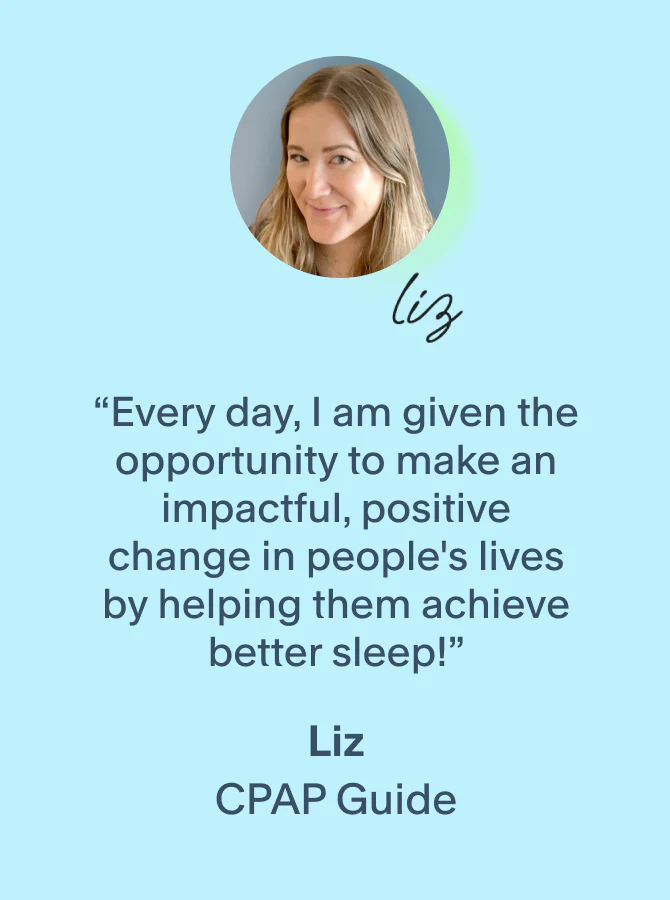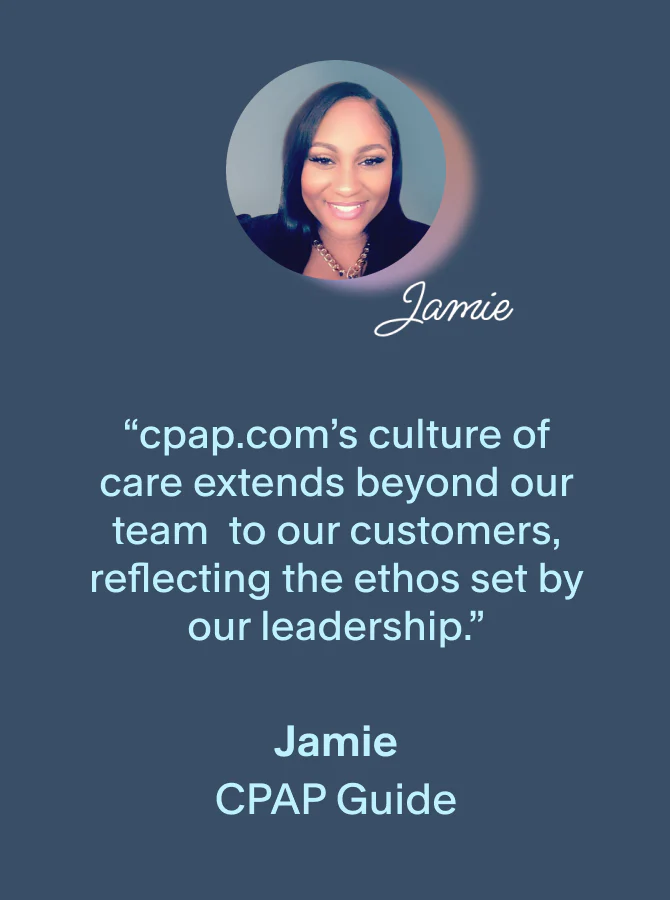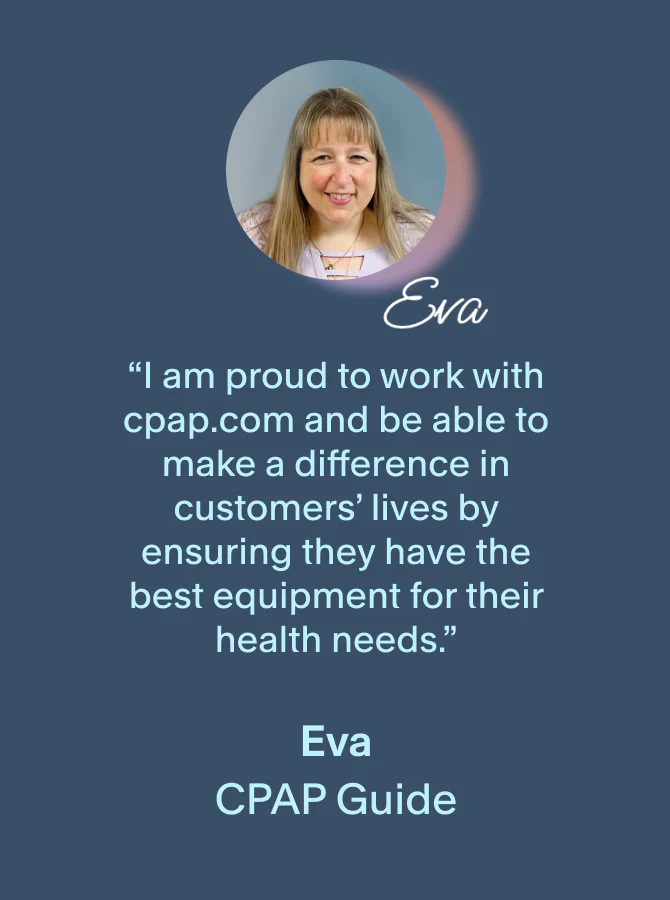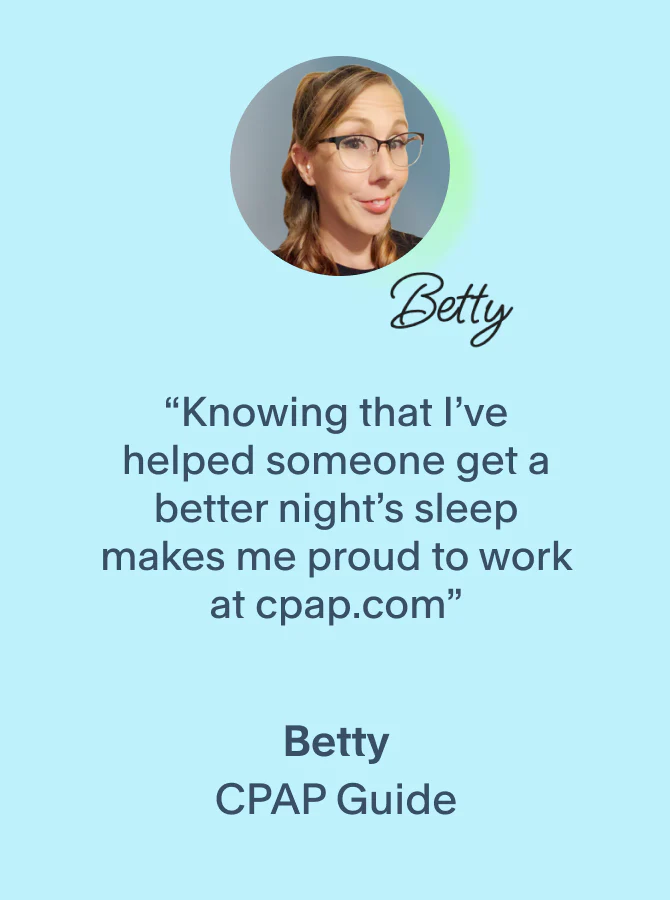Our content undergoes rigorous expert review, evidence-based research, and regular updates for accuracy.
Updated: January 28, 2019
Article reviewed by Dr. Daniel Barone:
💡 Key Takeaways
- Continue CPAP Therapy: Even if you have a cold, it's beneficial to continue your CPAP therapy. Stopping can make you feel more tired and less equipped to fight off the cold.
- Sleep Position Matters: Sleeping on your side can help alleviate congestion and make it easier to use your CPAP machine. Elevating your head with extra pillows can also help with drainage.
- Utilize Heated Humidifiers: A heated humidifier can restore moisture to your nasal passages, making it more comfortable to breathe while using your CPAP machine.
- Consult a Sleep Specialist for APAP: An Automatic Positive Airway Pressure (APAP) machine adjusts air pressure automatically, which can be particularly useful when you're sick. However, consult your sleep specialist before making this switch.
- Switch to a Full Face Mask: If nasal congestion is severe, consider using a full face CPAP mask that allows you to breathe through your mouth.
Chances are, despite all of your best hygienic efforts, you will get sick at some point. This article is a resource for anyone who uses a CPAP machine and struggles with a cold at the same time. Getting a good night’s sleep can become a daunting task when dealing with a head cold and is only amplified for those suffering from sleep apnea.
Combine those two things with trying to use your CPAP machine, and you may be tempted to double up your dosage of nightly cold medicine.

Should You Stop Using Your CPAP Machine if You Have a Cold?
If you have a cold, it's a good idea to try to continue your CPAP therapy, if you can. Having a cold will make you tired, and if you're also feeling tired from not treating your sleep apnea, you're not going to have much energy. If you continue CPAP therapy, you may be able to keep your sleep apnea symptoms in check, giving you more energy to fight the cold.
In the next section, we'll be discussing other strategies that can help you continue CPAP therapy with a cold.
How to Use CPAP With a Cold
If you're trying to stick it out and use your CPAP with a cold, there are a couple of things you can do it make it easier on you. Here are some tips that may help:
Tip 1: Sleep on your side or elevate your head. Try changing your sleeping position. Sleeping on your back can often make congestion worse. Try sleeping on your side—there are even specific pillows available for side sleepers who wear CPAP face masks.
If you find that you are strictly a back sleeper, use extra pillows to elevate your head to allow the mucus to drain, rather than stuff you up.
Sleeping on your side uses gravity to help open the airway naturally using gravity. This means your CPAP machine may not have to work as hard to open your airway and can mean a lower AHI. If you are trying to use your CPAP with a cold, sleeping on your side may help.
Tip 2: Use a heated humidifier. Heated humidifiers work by restoring moisture levels to mucous membranes and nasal passages, alleviating the extreme discomfort that goes along with a congested upper respiratory system.
Tip 3: Use a decongestant and nasal spray. This probably seems obvious, but there are plenty of over-the-counter nasal sprays that clear congestion caused by the common cold or flu. Another way to use your CPAP with a cold is to use a saline nasal rinse to clear your nasal passages prior to using your CPAP machine.
Just remember: if you choose to use an over-the-counter nasal spray, consult your physician first, especially if you suffer from high blood pressure. Certain medications, when combined with others, can have negative health effects.
Tip 4: Try an APAP Machine. The traditional CPAP machine provides a singular flow of therapeutic pressure through the respiratory system, whereas an APAP machine, known as Automatic Positive Airway Pressure (APAP), uses unique algorithms to provide continuous pressure at levels that are automatically regulated.
When using an APAP machine, the machine itself will adjust air pressure accordingly so all you have to do is sleep. When you are sick, the need for more or less pressure depends on how well you’re breathing, making an APAP machine your most suitable option.
While switching to an APAP machine may help your cold, be sure to talk to your sleep specialist, especially if the APAP is brand new. Dr. Barone cautions CPAPers before taking this step, as APAP settings sometimes require a different machine than the one you may have on hand, and can take a sleep specialist to determine the correct pressure ranges.
Tip 5: If using a nasal mask, substitute it out for a full face CPAP mask. Congestion can leave your nose out of commission, so using a full face CPAP mask is a great option, as it allows you to breathe through your mouth while you sleep. While the air pressure blowing through the nasal mask may open your nasal passages up enough, a full face CPAP mask may be your ideal solution.
Dr. Barone has a word of caution here too. Switching from a nasal mask to a full face mask may require a higher pressure than what a person may be used to. If you’re thinking of doing this, it would be ideal to reach out to a sleep specialist.
Regular Cleaning Can Help Keep You from Getting Sick
Cleaning your CPAP equipment regularly can help stave off future infections. When you're sick, germs populate in and around your mask, and as you start to get better, there's a chance you can get reinfected. That's why it's important to follow a more rigorous cleaning schedule when you're sick.
Ideally, you should clean your mask once daily when you're sick. This is especially true if you have a nasal pillow mask, as the nasal pillow mask style makes a lot of contact with the nostrils. Regular cleaning can also stave off future infections by giving germs less chance to turn into something you're not going to be immune to. It will help keep you healthier longer and make it easier to recover if you do get sick.
CPAP is a great treatment for sleep apnea, and ideally should be used nightly, especially when the apnea is severe. However, if you’re are compliant with CPAP nightly, then taking a night off particularly in the setting of a cold should be ok. Some may find that trying to use CPAP when severely congested can actually make their sleep worse on that night. — Dr. Daniel Barone
Having a cold during the winter months is never fun, and adding CPAP therapy into the mix complicates things. With these tips, you can get a better night’s sleep and feel better in no time! We hope you've found this article helpful as you try to adjust to CPAP with a cold. Find more solutions to common CPAP problems here.
Frequently Asked Questions About Using CPAP While Sick
Can You Use a CPAP Machine With a Stuffy Nose?
You should continue to use your CPAP machine with a stuffy nose. If congestion is severe, try using heated humidification or a nasal decongestant. Sleeping on your side may also bring some relief.
Should You Use Your CPAP if You Have an Upper Respiratory Infection?
While it can be difficult and uncomfortable, maintaining CPAP therapy with an upper respiratory infection gives your body the energy it needs to fight off the infection.
Should I Wear My CPAP if I Have a Cough?
Continuing CPAP therapy can be difficult with a cough, but unless your cough simply won't be suppressed by CPAP, you should always try to sleep with your CPAP machine. The continuous pressure has actually been shown to reduce the coughing reflex response and humidification can help soothe the airway, too.
Can CPAP Make a Cold Worse?
When you have a cold, keeping up with your CPAP therapy is difficult, but worth it. It can make things worse for you if you're already dried out, but by using heated humidification, you should be able to find more relief than discomfort.
Can I Put Vicks Vaporub in My CPAP Machine?
Under no circumstances should you put anything other than distilled water in your humidifier chamber, as anything else will leave deposits and potentially damage your machine or harm your health. A very small amount of Vick's may be applied to the upper lip, but keep in mind the constant stream of air is going to make it a more intense experience.
About Dr. Barone
Dr. Daniel Barone received his medical degree from New York Medical College in 2006 after graduating summa cum laude from Fordham University in 2001. He completed an internship in Internal Medicine at Saint Vincent's Catholic Medical Center in 2007 and a residency in Neurology at Beth Israel Medical Center in 2010.
He then went on to complete a fellowship in Sleep Disorders at Stony Brook University Medical Center in 2011.
Dr. Barone is currently the Associate Medical Director of the Weill Cornell Center for Sleep Medicine and an Assistant Professor of Neurology at Weill Cornell Medical College and an Attending Neurologist at New York-Presbyterian/Weill Cornell Medical Center. He specializes in the evaluation and management of patients with all forms of sleep disorders including sleep apnea, restless legs syndrome, insomnia, and narcolepsy. He is certified by the American Board of Psychiatry and Neurology in Both Neurology and Sleep Medicine.
He is a member of the American Academy of Neurology, and is a fellow of the American Academy of Sleep Medicine.
Dr. Barone is the first author of multiple peer-reviewed publications on a variety of topics in sleep medicine and has appeared in several media pieces. His first book, “Let’s Talk About Sleep,” was published in January, 2018, by Rowman & Littlefield.








